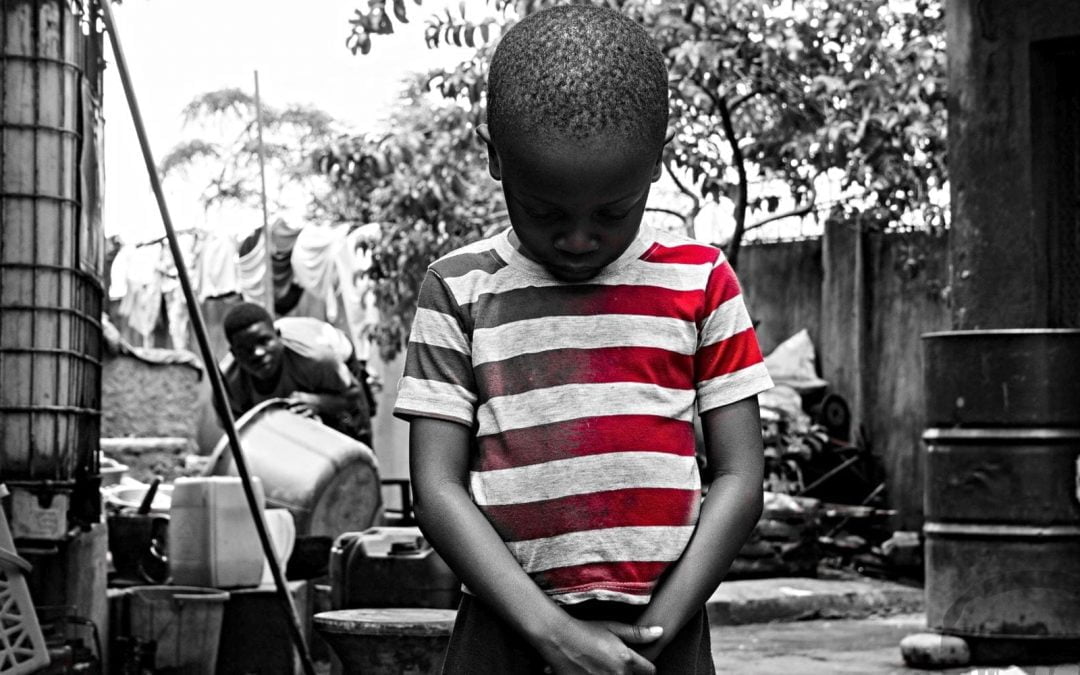Children of color are more likely than white children to live in poverty in the U.S., according to a report published Sept. 24 by The Annie E. Casey Foundation (AECF).
Analyzing U.S. Census Bureau data, AECF found that 12% of all U.S. children lived in areas of concentrated poverty from 2013-17, which is defined as “census tracts with overall poverty rates of 30% or more.”
This is a 1 percent (817,000-child) decline from 2008-12.
Only 4% of white (non-Hispanic) children lived in such areas from 2013-17, compared to 19% of Latino children and 28% of both African American and American Indian children.
“These disparities are the legacies of racial and ethnic oppression, as well as the result of present-day laws and practices. Federal and local policies, such as mandated segregation, or discriminatory real estate practices, such as redlining and limited access to financial institutions, locked millions of African American families in communities that lacked resources to help children thrive,” the report said.
“Native Americans have suffered displacement since before the nation’s founding, as well as broken promises from federal and local officials that stripped them of wealth. Latinos have faced discrimination in workplaces and from home lenders that have limited their economic opportunities.”
California had the highest number of children living in concentrated poverty with nearly 1.17 million, followed by Texas (more than 1.09 million), New York (706,000), Puerto Rico (616,000) and Florida (459,000).
Puerto Rico had the highest percentage of children living in concentrated poverty with 84%, followed by Washington, D.C. (25%), Mississippi (24%), New Mexico (24%) and Arizona (20%).
Wyoming saw the largest percentage decrease in child poverty between 2008-12 and 2013-17, declining 120% from 4,000 to 1,000, while Texas (192,000 children; 21% decrease) and California (183,000; 13% decrease) saw the sharpest decline in the number of children in concentrated poverty.
Twelve states saw an increase in concentrated child poverty during this period.
Louisiana had an additional 27,000 children (11% increase) and New Jersey 26,000 children (29% increase) living in concentrated poverty, while Alaska experienced the highest percent increase (142.86%), rising from 2,000 to 12,000.
Michigan had the highest percentage of African American children living in areas of concentrated poverty (50%) from 2013-17. California and Texas were home to half of all Latino children, and Arizona was home to 28% of American Indian children, living in high-poverty neighborhoods.
The full report is available here.


